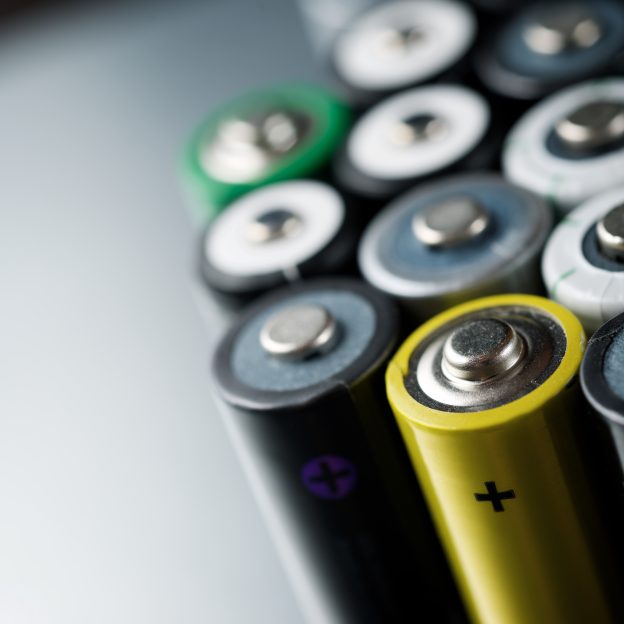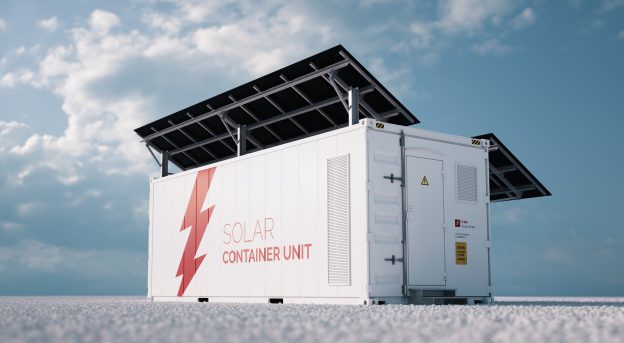Following Taizhou Fudi, Weichai Fudi, and Changsha Fudi, another BYD project has made progress.
Recently, the Wuwei City Bureau of Ecology and Environment in Wuhu issued a pre-approval notice for the environmental impact assessment (EIA) of the “BYD New Energy Power Battery Yangtze River Delta Manufacturing Center (Phase III) Construction Project (Reapplication)” by Wuwei Fudi Battery Co., Ltd. According to relevant regulations on EIA approval procedures, the bureau intends to issue an approval opinion for the project.
The project company — Wuwei Fudi Battery Co., Ltd. — is a wholly owned subsidiary of Fudi Battery, mainly engaged in the manufacturing of core products such as new energy battery cells, modules, and related supporting industries. It serves as one of BYD’s strategic bases for new energy vehicle (NEV) power batteries in East China.
BYD’s total investment in Wuwei exceeds RMB 30 billion
In July 2021, BYD’s New Energy Power Battery Industrial Park project, with a total investment of RMB 20 billion, was settled in Wuwei. Among them, the Yangtze River Delta Manufacturing Center project had a total investment of RMB 15 billion, while the NEV power battery parts and auto parts project accounted for RMB 5 billion.
From contract signing in July 2021 to the start of Phase I construction in August, and the launch of the first production line in January 2022, the project achieved the “Wuwei speed,” “Wuhu speed,” and “BYD speed” milestones of “signing within half a month, breaking ground in one month, and starting production within six months.” It also achieved the remarkable feat of “starting construction and exceeding RMB 10 billion in output value within the same year.”
In 2023, the project achieved an output value of RMB 23.5 billion, up 64.3% year-on-year, becoming Wuwei’s first enterprise with annual output exceeding RMB 20 billion.
Currently, the “BYD New Energy Power Battery Yangtze River Delta Manufacturing Center” project is being advanced in phases:
Phase I is located at the northeast corner of Tongjiang Avenue and Fudong Road in Wuwei Economic Development Zone, with an investment of RMB 2.8 billion and an annual capacity of 10 GWh of blade batteries.
Phase II has a total construction area of about 320,000 m², mainly producing automotive power batteries with a planned capacity of 15 GWh.
Phase III, now under EIA review, involves an investment of RMB 2.4 billion and will have an annual capacity of 184,800 battery packs, 1.08 million steel pallets, 480,000 aluminum pallets, and 360,000 liquid cooling plates upon completion.
Meanwhile, Wuwei is accelerating the construction of BYD’s power battery component export distribution center, aiming to achieve over 40 GWh of NEV power battery shipments and to build an international power battery production base.
Beyond battery manufacturing, BYD’s Wuwei operations cover upstream and downstream segments including battery materials, battery pack components, automotive wiring harnesses, and charging piles, attracting 27 NEV supply chain enterprises to form a complete industrial chain. This has positioned Wuwei as the core power battery hub in Anhui Province, creating a county-level auto parts industry cluster valued at over RMB 50 billion.
In 2024, the BYD New Energy Power Battery Industry Innovation Institute and the High-Efficiency Solar Cell Technology Industry Innovation Institute were established in Wuwei to promote industry–academia–research cooperation. In Q1 2025, the EIA for BYD’s high-efficiency solar cell R&D and manufacturing project in Wuwei was announced, with an investment of about RMB 210 million.
As of 2025, BYD’s total investment in Wuwei has exceeded RMB 30 billion, covering power batteries, auto parts, energy storage, and other sectors.
With the pull of leading companies like BYD, Wuwei has gradually formed a high-quality NEV industrial ecosystem, becoming Anhui’s “No.1 Power Battery City” and one of the most promising power battery manufacturing bases in the Yangtze River Delta. Going forward, BYD will continue to expand into energy storage and intelligent connected vehicle sectors, aiming to build a NEV parts industry worth RMB 100 billion.
Strong growth in power and energy storage installations
From order and production data, battery makers are in a significantly better position compared to last year. In July, China’s combined output of power, energy storage, and consumer batteries rose 37% year-on-year.
Capacity utilization rates vary widely across the industry. Leading players maintain high utilization thanks to strong customer demand and overseas markets. For instance, CATL’s battery system capacity in H1 2025 reached 345 GWh, with a utilization rate of 89.86%, up 13.53 percentage points from 76.33% in 2024.
Industry insiders report that orders in automotive power, light mobility, and energy storage segments have been steadily rising in H1 2025, with expectations for an even better H2. This underpins the frequent capacity expansions and acceleration of Phase II/III project timelines by leading companies.
For BYD, as of June 2025, its cumulative installed capacity for NEV power batteries and energy storage batteries stood at about 134.526 GWh, with 27.019 GWh installed in June alone. H1 2025 installations saw significant year-on-year growth, with May’s monthly growth rate hitting 101%, driven mainly by a 137% surge in overseas sales and multi-brand synergies.
Energy storage has been a standout performer, with April installations up 30.1% month-on-month, keeping BYD at the top of the global DC-side energy storage system shipment rankings.
In the light mobility sector, BYD launched its full range of two- and three-wheeler batteries in May, marking its full entry into this market. The initial rollout includes 32 innovative products, featuring a lifespan of up to 10 years and operating costs significantly lower than traditional lead–acid batteries, with full series availability expected by September.
BYD has secured partnerships with well-known two- and three-wheeler brands such as Sunra, Huaihai (Zongshen), Lima, Tailg, and Jinpeng, providing them with battery solutions.
With broader market penetration, BYD’s diversified business lines will drive continued battery demand growth. So far in 2025, BYD’s battery factories across China have been advancing at “fast-forward” speed:
Feb 18: Guangxi Fudi Battery’s three-module project began construction, adding two power battery production lines with 7 GWh annual capacity.
Mar 27: Taizhou Fudi New Energy Power Battery project approved, with total investment of RMB 10.02 billion for 22 GWh NEV power battery capacity.
Mar 28: Weichai Fudi (Yantai) New Energy Power Industrial Park Phase I went into production, rolling out the first WEB602V160 battery pack.
Apr 30: Changsha Fudi Battery Co., Ltd.’s PACK line expansion EIA approved, adding 19 GWh battery pack capacity, 50,000 machined parts, and 990 quality inspection units annually.
Jul 16: Shaoxing Fudi Battery’s Phase II project EIA approved, with RMB 6 billion investment for 15 GWh lithium battery and supporting facilities. BYD’s Shengzhou project will start production in 2025, with total investment exceeding RMB 25 billion and output value surpassing RMB 30 billion upon full completion.
As of now, BYD, through Fudi Battery, has established 12 major domestic battery bases, with total planned capacity exceeding 500 GWh.







